Last updated: August 22, 2024
If you’ve ever mistaken a pony for a baby horse, you’re in good company! It’s a common misconception, but as a lifelong horse lover, I’m here to tell you that ponies aren’t just miniature horses. They’re a distinct type of equine, typically under 14.2 hands tall, with their own unique charm and capabilities. Let’s explore what sets these small but mighty creatures apart…
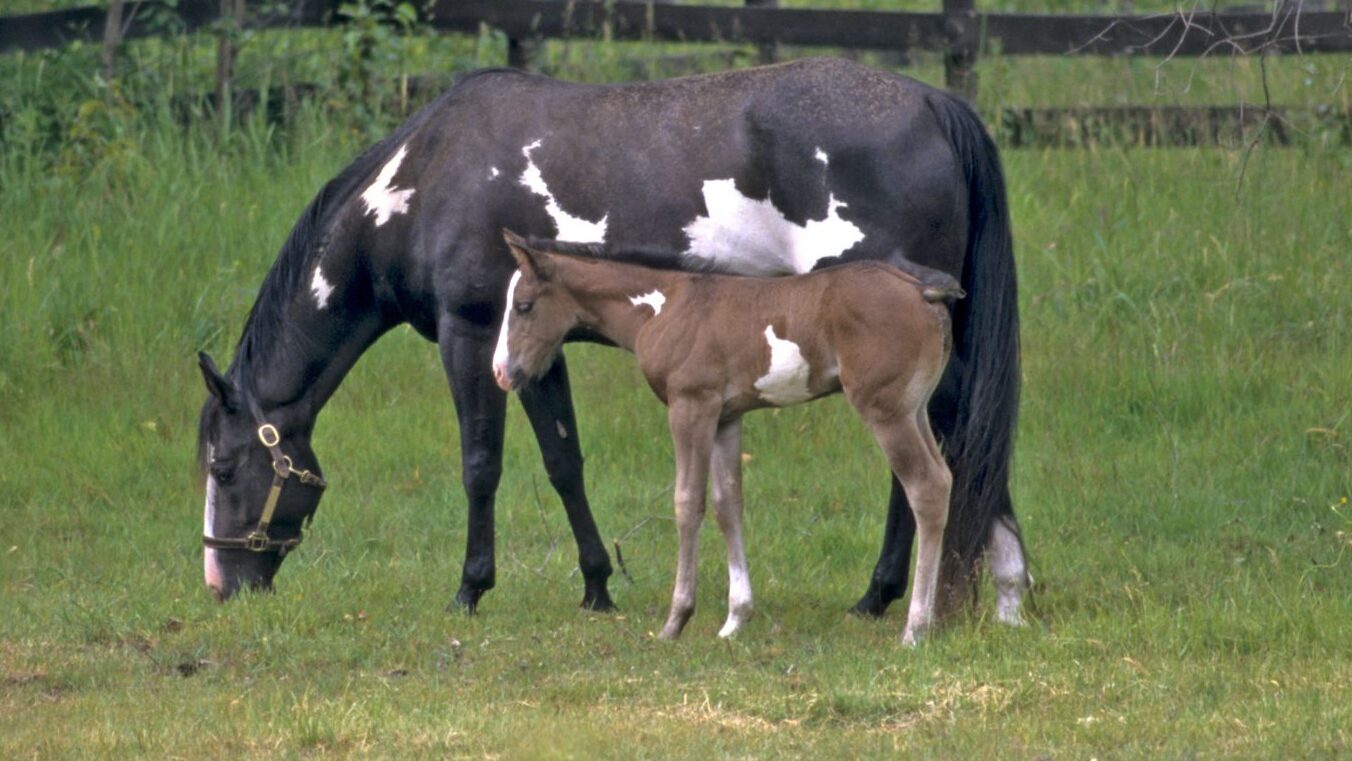
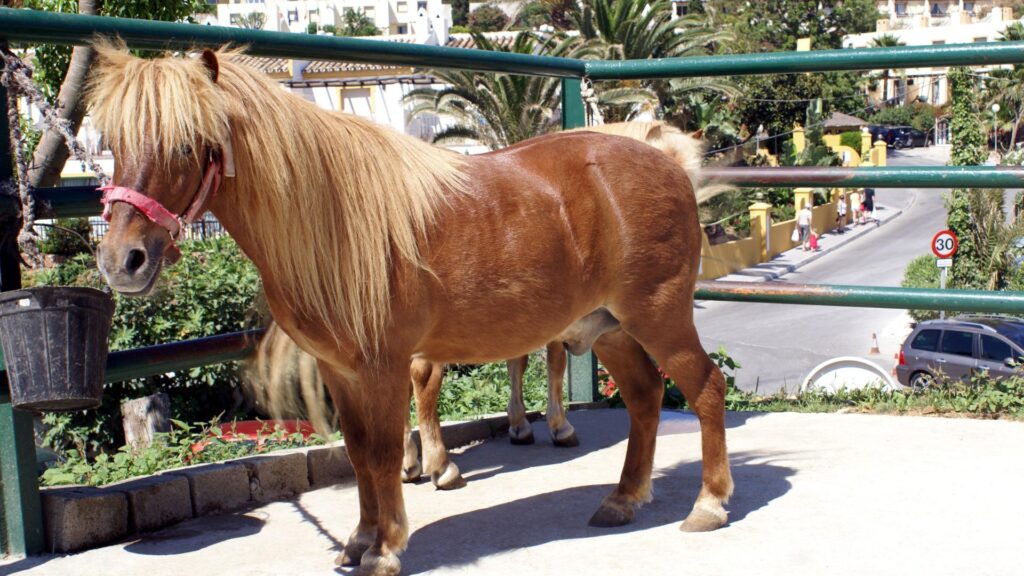
The Big Difference: Size and Beyond
The most apparent distinction between ponies and horses lies in their size. The official cutoff point is 14.2 hands high, as defined by organizations like the United States Equestrian Federation (USEF). Any equine measuring under this height at maturity is considered a pony, while those above are horses.
However, it’s important to note that some horse breeds, like miniature horses, can be small but still categorized as horses. This is because size isn’t the sole defining factor. Ponies also possess unique physical traits, such as a compact and broader body structure compared to horses’ taller and leaner build. Their dense bones and thick coats further contribute to their sturdy appearance.
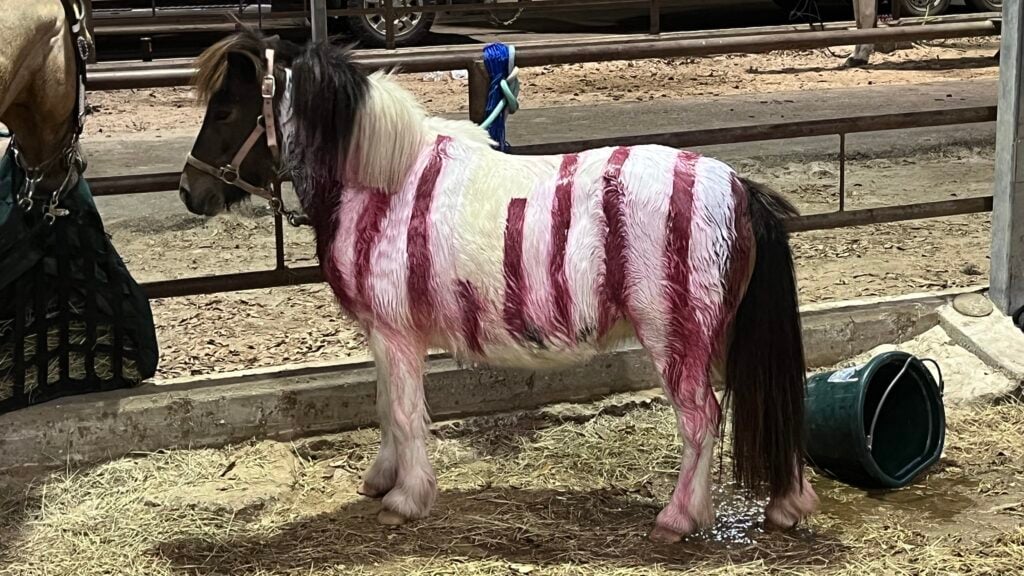
More Than Just Miniature Horses: Unique Traits
- Temperament: Ponies are generally known for their gentle and docile nature, making them ideal for children and beginner riders. Horses, on the other hand, can be more spirited and require experienced handling. Of course, temperament can vary within breeds, but ponies tend to have a calmer disposition overall.
- Build & Adaptability: Ponies are typically sturdier and more robust than horses, with thicker manes and tails, shorter legs, and broader chests. This build, along with their often slower metabolism, makes them well-suited for carrying heavy loads, working in challenging terrains, and thriving in harsh climates on less food than horses. This hardiness has historically made them valuable assets in agriculture and mining.
- Uses: Ponies have served various roles throughout history, from working in mines and farms to pulling carts and providing riding opportunities for children. Today, they continue to be popular for riding lessons, therapeutic programs, and a variety of equestrian disciplines, showcasing their agility and athleticism. My friend’s Welsh pony excels in barrel racing, proving that ponies can hold their own against larger horses.
Beyond Size: Understanding the Key Differences
| Feature | Pony | Baby Horse (Foal) |
|---|---|---|
| Height | Under 14.2 hands | No height restriction, but will grow taller |
| Age | Any age | Less than a year old |
| Diet | Primarily hay and grass (easy keepers) | Nursing on mother’s milk |
| Conformation | Short legs, broad chest, dense bones | Thin, long legs, spindly body |
| Hair & Hooves | Strong hooves, thick coat | Tender hooves, thin coat |
| Uses | Riding, driving, companionship, work | Too young for any equine activities |
| Temperament | Intelligent, friendly, sometimes stubborn | Playful, childish |
Dispelling the Myth: Ponies are Not Baby Horses
It’s easy to mistake a pony for a young horse, but remember, ponies remain small throughout their lives. They are not simply waiting to grow into horses; they are fully mature adults with their own unique place in the equine world.

Pony Power: Don’t Underestimate These Little Equines
Don’t let their size fool you. Ponies are incredibly strong and capable animals. They’ve been used for centuries to perform demanding tasks. Even today, they compete in various equestrian sports, showcasing their agility and athleticism.
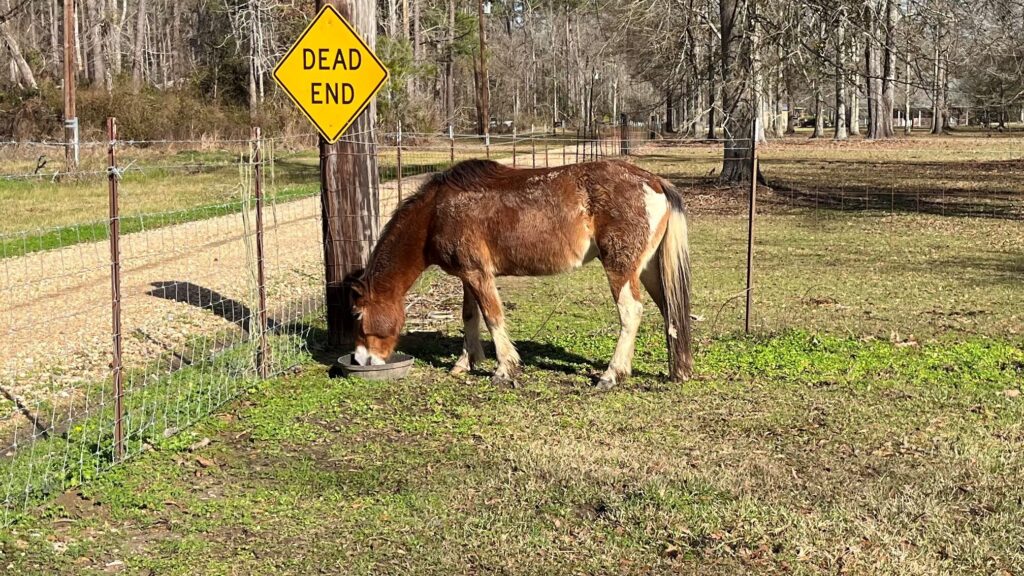
Frequently Asked Questions: Is a Pony a Baby Horse?
What is a baby horse called?
Baby horses are called foals. Male foals are colts, and female foals are fillies. After a baby horse’s first birthday, they are called a yearling.
What is the difference between a pony and a baby horse?
Ponies don’t grow taller than 14.2 hands and typically have thick coats and dense bones. Baby horses grow up to be horses over 14.2 hands tall.
Can ponies and horses breed?
Yes, ponies and horses can breed, and their offspring are typically exceptional. Check out this article to learn more about crossbreeding ponies and horses: Can You Crossbreed a Pony and a Horse?
What do ponies need to eat?
Ponies are typically “easy keepers” and do well on a diet consisting of just forage, hay, or grass. To learn more about owning a pony, check out this article: What do Ponies Eat? Plus Pony Facts Every Owner Should Know
Do baby horses change color as they age?
Yes, baby horses, or foals, often change color as they age. Their coat color can transform significantly from birth to adulthood due to genetic factors and the maturation process. This change is most noticeable in the first few years of their lives.
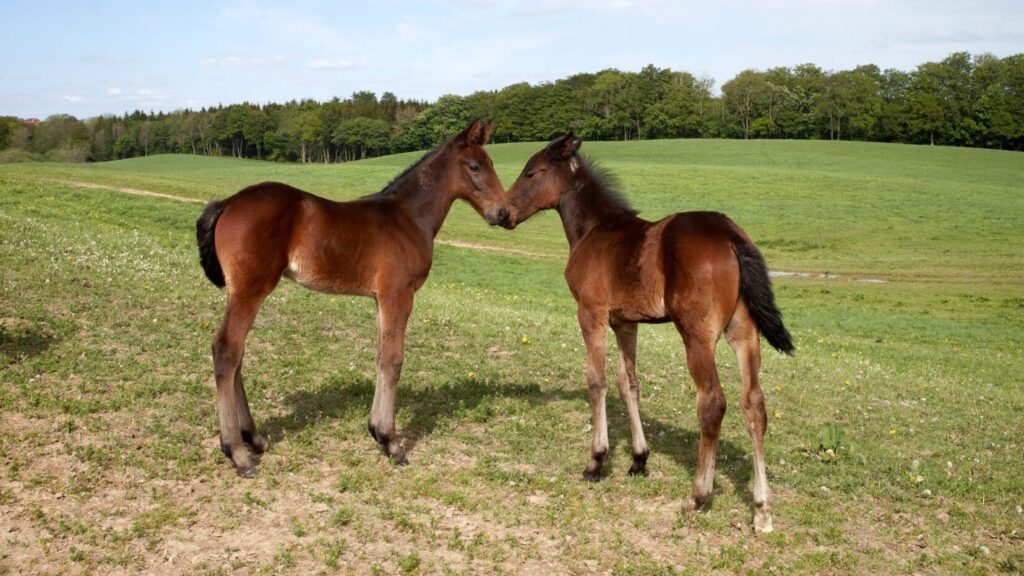
Conclusion: Celebrate the Unique Charm of Ponies
Ponies are not simply “baby horses.” They are unique equines with distinct characteristics, including their smaller stature, sturdy build, gentle temperament, and remarkable adaptability. These traits have made them valuable companions and working partners throughout history, and they continue to play an essential role in the equestrian world today. From riding lessons and therapeutic programs to competitive sports and leisure activities, ponies offer diverse experiences for horse enthusiasts of all ages and abilities.
So, the next time you encounter a pony, remember it’s not just a “small horse.” It’s a testament to the incredible diversity within the equine world, a symbol of strength and resilience, and a source of joy and companionship for countless people around the globe. Let’s continue to celebrate these remarkable animals’ unique charm and capabilities.
Share Your Pony Love!
Do you have a heartwarming pony story or a question about these amazing animals? We’d love to hear from you! Share your experiences, insights, or queries in the comments below. And don’t forget to explore more fascinating equine content on our website and share this article with fellow horse enthusiasts.
Connect with Me
- Email: mileshenry@horseracingsense.com
- Social Media: Follow me on Facebook for updates, tips, and insights into the world of horses.
- Website: Visit my website horseracingsense.com, for more articles, resources, and information about horses.
- YouTube
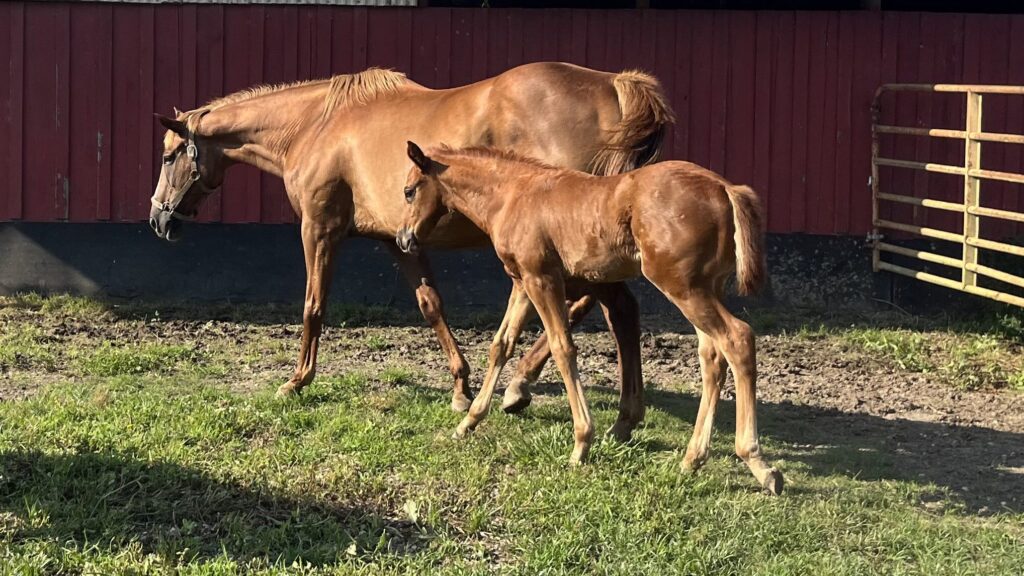
Additional Resources
Books:
- “The Horse Encyclopedia” by Elwyn Hartley Edwards: A detailed guide to horse breeds and equine care.
- “My Book of Horses and Ponies” A Fact-Filled Guide to Your Equine Friends. This engaging guide to horse breeds is part of the My Book of series of educational books for children.
United States Equestrian Federation (USEF):
- This is the national governing body for equestrian sports in the United States. It establishes rules and standards for various disciplines, including those related to horse and pony classifications.
- Link: https://www.usef.org/
The Pony Club:
- While primarily focused on youth education, The Pony Club provides valuable information about ponies, their care, and their role in equestrian activities.
- Link: https://www.ponyclub.org/
American Miniature Horse Association (AMHA):
- This organization is dedicated to the promotion and preservation of miniature horses, a breed that often blurs the lines between ponies and horses due to its small size. Understanding the distinctions outlined by AMHA helps clarify the differences between ponies and miniature horses.Link:https://www.amha.org/
Below is a YouTube video of cute foal antics.
Explore More on Horse Racing Sense

About the Author: Miles Henry
Lifelong Horseman | Racehorse Owner | Published Author
Miles Henry brings over 25 years of hands-on experience training and owning Thoroughbred racehorses. Raised with Quarter Horses and Appaloosas, he’s spent a lifetime learning from horses—on the track, in the barn, and in the field. Today, he runs a small but successful racing stable in Louisiana and shares real-world insights on HorseRacingSense.com, helping horse owners, fans, and bettors navigate the sport with confidence.
📚 Books: View Miles’s books on Amazon »
🎧 Podcast Guest: Animal Tales Ep. 32 |
YouTube Interview
📩 Newsletter: Sign up for racing tips and horse care advice »
🔗 Follow Miles:
Twitter |
Facebook |
YouTube



